
Seollal (計日), Korea’s Lunar New Year, is one of the most significant and culturally rich holidays in Korea. Celebrated on the first day of the lunar calendar, it’s a time for family reunions, honoring ancestors, and starting the year afresh. In this blog post, we’ll dive into the history, traditions, and modern-day celebrations of Seollal, offering insights for both locals and foreigners.
The History and Significance of Seollal
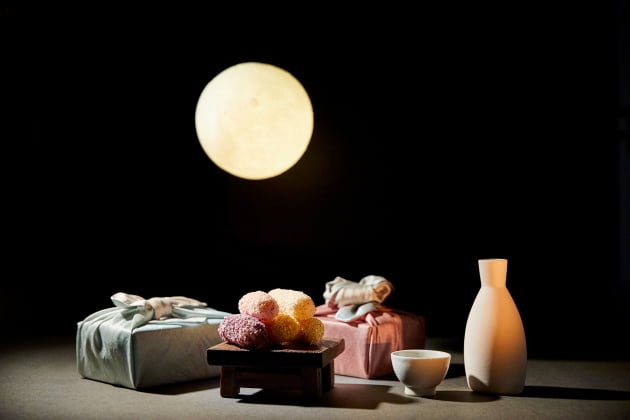
Seollal traces its origins back centuries, with deep roots in Confucian traditions. Historically, it marked a time for agricultural communities to pause, reflect, and prepare for the new farming year. Over time, it evolved into a family-centric holiday focused on paying respect to ancestors and reinforcing familial bonds. While its essence remains, Seollal has transformed significantly from its Joseon Dynasty origins to the present day.
Essential Seollal Rituals
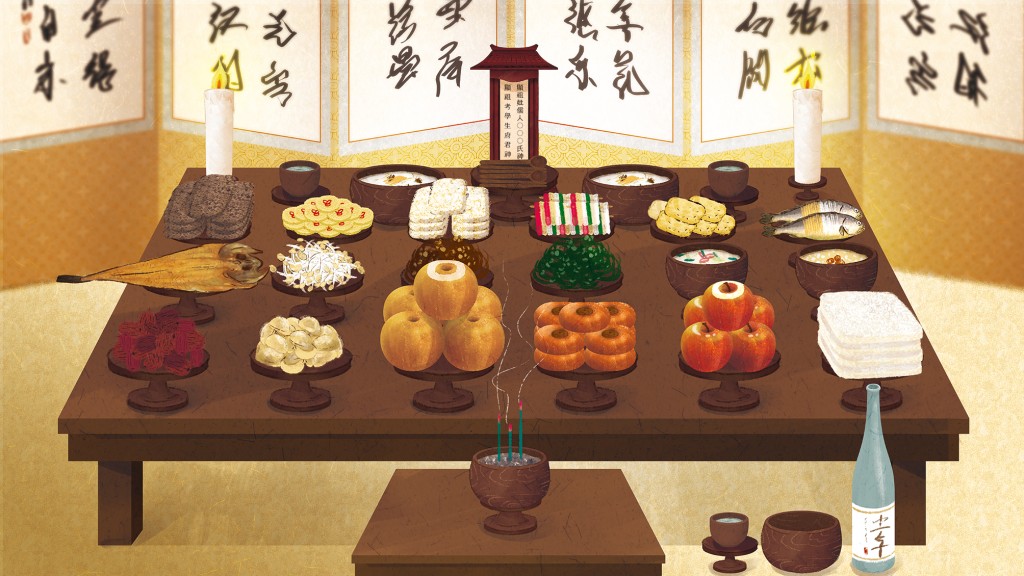
One of the most iconic aspects of Seollal is the practice of charye (ancestral rites). Families gather to prepare and present a table filled with symbolic foods to honor their ancestors. Another key tradition is sebae, a deep bow performed by younger family members to show respect to elders. In return, elders offer blessings and sometimes gift sebaetdon (money in small envelopes).
Seollal Foods: A Feast of Traditions
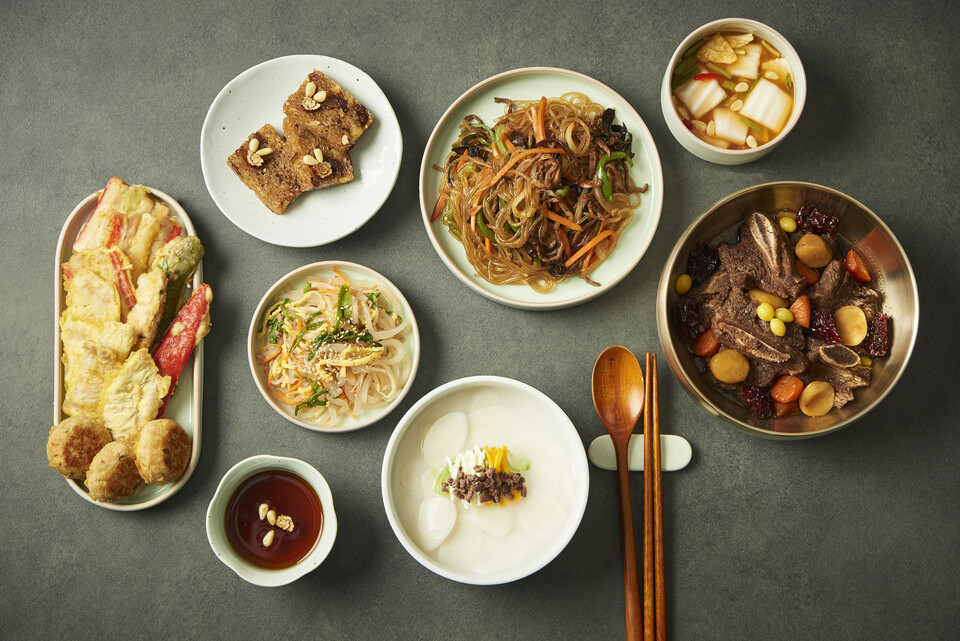
Food plays a central role in Seollal celebrations. The most iconic dish is tteokguk, a hearty soup made with sliced rice cakes. Eating tteokguk symbolizes gaining a year in age and brings good luck. Other dishes include:
- Jeon (savory pancakes)
- Japchae (stir-fried glass noodles with vegetables)
- Galbijjim (braised short ribs)
Regional specialties also add diversity to the Seollal table. For example, Jeolla Province is known for its elaborate side dishes, while Gyeongsang Province highlights simpler but flavorful offerings.
Traditional Games and Activities

Seollal isn’t just about rituals; it’s also a time for fun. Families often play traditional games like yutnori, a board game involving wooden sticks, or engage in outdoor activities like kite flying and jegichagi (a hacky sack-style game). These games bring family members together, fostering joy and connection.
The Role of Hanbok in Seollal

Wearing hanbok, traditional Korean attire, is another cherished tradition. Hanbok’s vibrant colors and intricate designs add a festive touch to the holiday. Today, modernized hanbok styles are gaining popularity, blending tradition with contemporary aesthetics. For those who don’t own a hanbok, rental services are widely available, making it easy to embrace this cultural practice.
Travel During Seollal

Seollal often sparks a mass migration as families travel to their hometowns. This phenomenon, known as gwiseong jeongcha, can lead to packed highways and crowded train stations. For those not visiting family, Seollal presents a great opportunity to explore less crowded tourist attractions or participate in special cultural events held in cities like Seoul.
Seollal Through a Foreigner’s Lens

For foreigners, experiencing Seollal offers a unique window into Korean culture. Many Korean families welcome their foreign friends to join the festivities, offering a chance to participate in rituals, enjoy traditional foods, and learn about customs firsthand. Seollal’s emphasis on family and gratitude resonates universally, making it a meaningful experience for all.
Modern-Day Seollal
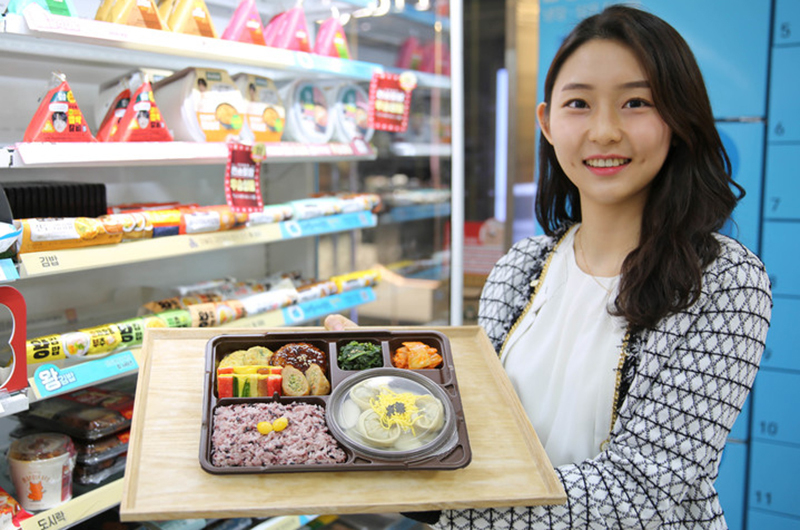
As society evolves, so do Seollal traditions. With the rise of nuclear families and urban living, some rituals have simplified or shifted. Many families opt for smaller gatherings or celebrate in modern ways, such as dining out instead of preparing elaborate meals. However, the holiday’s essence of togetherness and reflection remains intact.
Challenges and Social Issues Surrounding Seollal
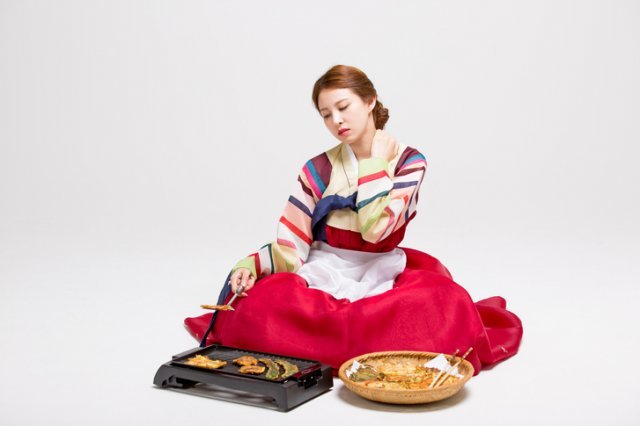
While Seollal is a joyous occasion, it’s not without challenges. Holiday stress and financial burdens can weigh heavily on families. The intense preparation and costs associated with travel and gift-giving sometimes lead to what Koreans call “명절증후군” (holiday syndrome). Additionally, the shift toward individualism has sparked debates about the future of Seollal traditions.
Preparing for Seollal: A Guide

- Home Preparation: Clean and decorate your home to welcome good fortune.
- Gift Ideas: Popular choices include gift sets featuring fruits, health supplements, or traditional snacks.
- Family Activities: Plan games, watch festive movies, or cook together to create lasting memories.
Making Memories During Seollal
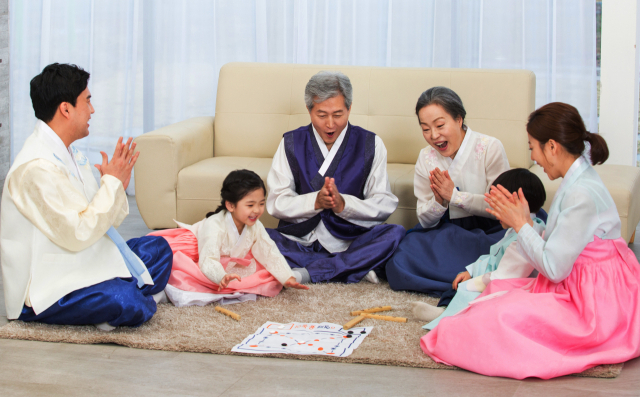
Whether it’s revisiting childhood games, capturing family moments in photos, or simply sharing stories around the table, Seollal is about creating memories that last a lifetime. Even small gestures like writing thank-you notes to elders can make the holiday more special.
Conclusion
Seollal is a vibrant tapestry of history, tradition, and modernity. Whether you’re a local cherishing family rituals or a visitor exploring new customs, the holiday offers something for everyone. From the warmth of family gatherings to the joy of cultural activities, Seollal is a reminder of the importance of connection, gratitude, and fresh beginnings.
This Lunar New Year, take a moment to immerse yourself in the beauty of Seollal. You might just discover a tradition or two to carry forward into your own life.

Comments
Julia said:
Your blog about the Korean Lunar New Year truly resonated with me. The insight into the cultural significance and traditions surrounding Seollal was both enlightening and heartwarming. It is blogs like this that help to preserve and spread the richness of Korean culture to a global audience. Thank you for sharing from the Canadian Noona.
January 24, 2025
AmyLyn said:
Enjoyable and informative read!
January 21, 2025